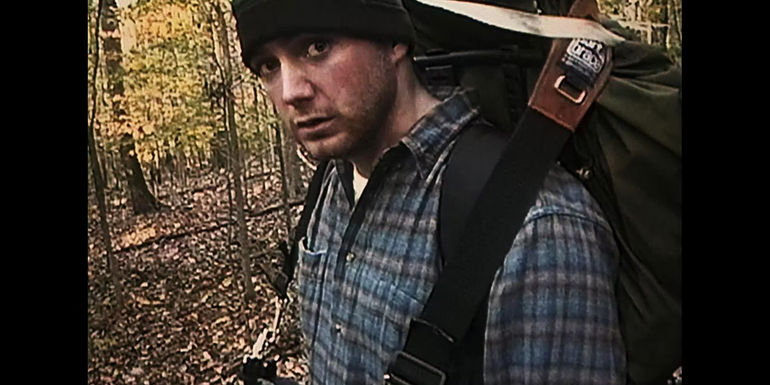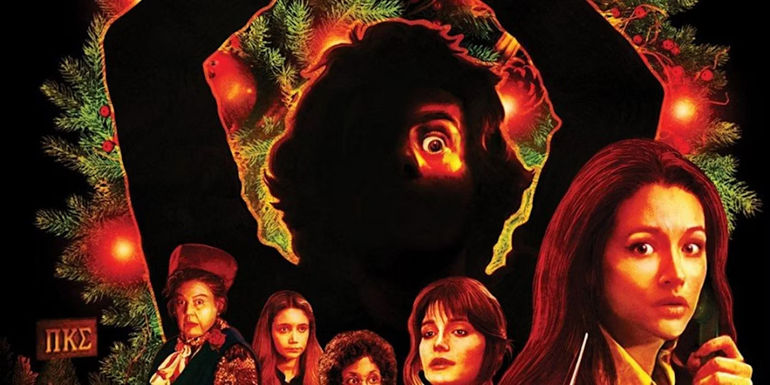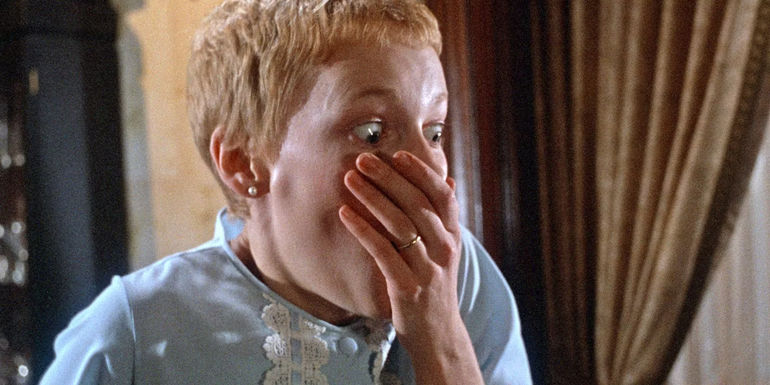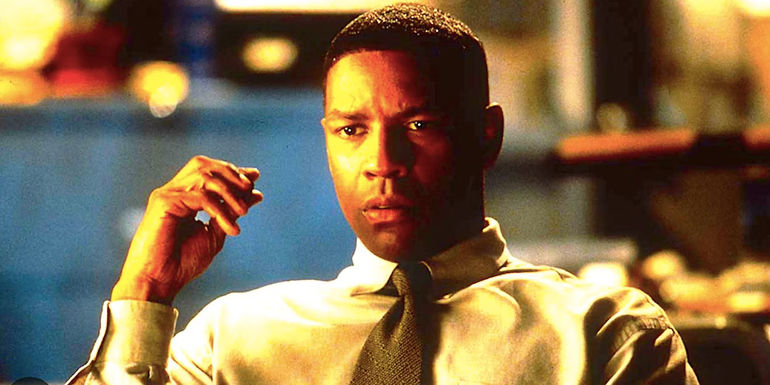
The Unseen Horror: 9 Movies with Terrifyingly Nebulous Villains

Discover the chilling world of horror movies with unseen villains that keep audiences on the edge of their seats with fear of the unknown.
Paranormal Activity
Paranormal Activity broke new ground in the horror genre, introducing a demonic entity that lurked just outside the frame, manipulating the house and its residents with its vile presence. The film's refusal to reveal the demon directly kept audiences in suspense, proving the power of the unseen villain.
Still from Paranormal Activity showing a bedroom and door open at 3:53 AM
The effect of the demonic entity's manipulation through subtle environmental cues and the reactions of the characters created a more terrifying image than any special effects could.
The Blair Witch Project
The Blair Witch Project revolutionized the found footage horror genre by never directly revealing its titular antagonist. With grounded performances that blurred the line between fiction and reality, the film terrorized audiences with an unseen menace, sparking a multitude of theories about the true enemy.
A face too close to the camera in The Blair Witch Project ending
The unrevealed villain in The Blair Witch Project inspired a sense of fear and uncertainty, leaving audiences questioning whether the real enemy was human psychosis all along.
The Blair Witch Project Mike carrying his backpack
Black Christmas
Black Christmas takes a daring approach by placing the viewer in the shoes of its killer, offering a harrowing experience from the perspective of the antagonist. By never revealing the villain's appearance, the film allows audiences to project their own terrifying images, intensifying the scares.
Black Christmas 1974 movie poster section featuring a shadowy figure raising a knife over their head and various other characters looking alarmed, backdropped by branches from a Christmas tree and Christmas lights
The decision to not reveal the villain's appearance in Black Christmas encourages audiences to confront their own fears, making the experience deeply personal and unsettling.
Skinamarink
Skinamarink's chilling atmosphere and sense of helplessness are heightened by its mysterious, unseen villain. The evil presence invades the protagonists' home without a single frame on screen, leaving viewers constantly searching for it in the dark corners of the house.
Blood splatters upside down in Skinamarink
The film's deliberate omission of the entity's origins cultivates a deadly fear of the unknown, amplifying the psychological impact of the unseen villain.
The house appears upside down in Skinamarink
Bird Box
Bird Box presents one of the best unseen villains in horror history, with characters physically unable to look at the supernatural creatures that bring about the end of the world. The film's genius use of unseen monsters and the characters' inability to see them creates a chilling narrative.
Tom Hollander as Gary holding open a woman's eyes in Bird Box
The implication that the creatures are so horrific to look at that they cause instant suicide is a masterful incorporation of the unseen monster trope, leaving audiences haunted by the unseen horror.
Rosemary's Baby
Rosemary's Baby, a timeless demonic horror classic, masterfully utilizes the trope of the unrevealed monster. The slow-burn narrative builds tension, culminating in a ghastly revelation that leaves a lasting impression on the audience.
Rosemary sees her baby for the first time in Rosemary's Baby
The impact of the unseen villain's appearance at the end of the film is heightened by Mia Farrow's haunting reaction, solidifying Rosemary's Baby as an all-time great in horror cinema.
Fallen
Fallen, an underrated gem within Denzel Washington's filmography, features a villain with a true form that is never directly revealed. The concept of a vessel-hopping demonic entity orchestrating occult murders is executed excellently, keeping the true form shrouded in mystery.
Denzel Washington's Cobb stares ahead lost in thought in Fallen
The film's refusal to reveal the true form of the villain enhances the sense of dread and intrigue, adding depth to the narrative and captivating audiences with the unseen horror.
Evil Dead
The iconic Evil Dead franchise introduces a never-seen demonic entity in its first film, creating a sense of terror and suspense without revealing the entity's unbound form. Bruce Campbell's portrayal of Ash and the viewer's forced perspective into the demon's world adds to the film's chilling atmosphere.
Ash covered in blood in The Evil Dead (1981)
The decision to never reveal the demonic entity's true appearance in the series sets the stage for an enduring horror legacy, captivating audiences with the unknown and the unseen.
Final Destination
The Final Destination series presents a uniquely esoteric villain that defies vision, embodying the concept of fate and death itself. The franchise's refusal to attribute its grotesque accidents to a single comprehensive entity invites audiences to imagine the looming reaper themselves, adding depth to the horror narrative.
Alex Browning from Final Destination
The series' clever premise and unseen villain challenge audiences to confront their own fears, crafting a suspenseful and convoluted journey that keeps viewers on the edge of their seats.
Absentia
The cosmic horror of Absentia paints a terrifying picture of an incomprehensible antagonist, described as an insectoid creature with 'skin like a silverfish', inhabiting spaces beyond human comprehension. The film's deliberate decision to never fully reveal the Lovecraftian monster amplifies the sense of sheer dread, leaving audiences haunted by the unseen terror.
A woman closes her eyes as man stands behind her in Absentia.
Absentia's minimalist approach to the unseen villain enhances the film's impact, evoking a profound fear of the unknown and the inexplicable, solidifying its place in the horror genre.
























